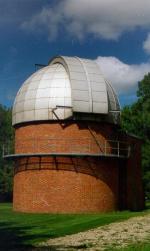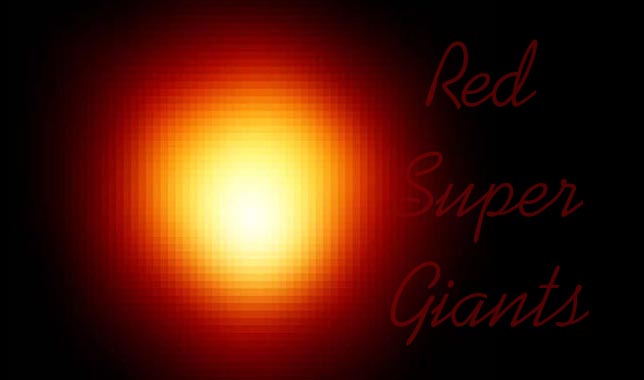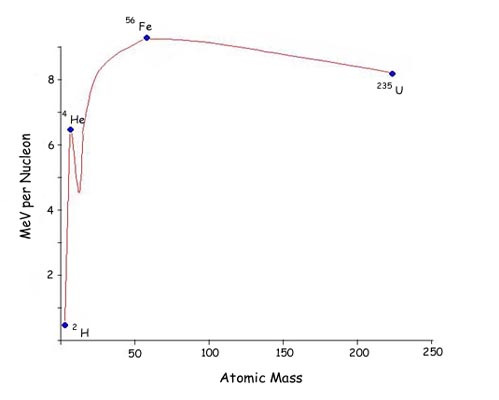| Warner and Swasey Observatory |
| Case Western Reserve University | Nassau Station |
| Visitors |
|
» Home » News » Gallery » Reference » Weather |
| Science Resources |
|
» NSRT User Interface » Software » Data Archive » Download Data |

|
 |

Supergiant stars differ from giant stars in much the same manner that giant stars differ from main sequence stars. They have depleted their helium core fuel, and go on to burn carbon. They continue to burn helium and hydrogen in shells around the core, but carbon is being burned in the core at this stage. An important thing to remember is that each time a new and heavier element is being burned in the core, the time that this takes place in is much shorter than the previous time period. For example, a 15 solar mass star will burn hydrogen for about 10 million years, helium for 1 million years, carbon for 300 years, oxygen for 200 days, and silicon for 2 days. No more fusion takes place after this point. Also, the more massive a star is, the faster it burns out its fuel.
A star like our Sun will never burn carbon because it will never be hot enough to do this (it will blow away what is left of its hydrogen and helium and degenerate into a white dwarf). The reason is that in order to fuse nuclei, one must overcome the Coulomb barrier. Nuclei are made of neutrons (electrically neutral particles) and protons (positively charged particles). As you know, like charges repel one another, so in order to get the protons close enough to each other, a lot of energy is needed. Once they are close enough to one another, the strong nuclear force takes over and holds the nucleus together. As the nuclei get heavier, the Coulomb repulsion gets stronger (since there are more positive charges pushing away), and it becomes more difficult to get the nuclei close enough for the strong force to kick in. The strong force, as indicated by its name, is very strong, but it works on a very short range. Once the nucleus reaches a certain size, the strong force is no longer as effective as it is in lighter nuclei, and Coulomb repulsion begins to counteract the strong force and pull nuclei apart (fission). The most stable element (and the last to be produced via silicon burning) is Iron (Fe) 56.
 |
|---|
| This is a graph of the binding energies of the different elements. Iron (Fe 56) is the most stable element. To the left of it, the high surface area to volume ratio keeps the strong force from being as effective as it could be. To the right, Coulomb repulsion takes over, and fission occurs as heavier elements can not stay together. |
Slightly heavier particles can later be produced (Ni), but as a result of the weak force (neutron bombardment, and then neutron decay into protons), not fusion. Once a star has gone through the red giant and (if it's massive enough) red supergiant stages, there are several options for it to take...
 The Bang!! |  the whimper... |
|---|
Photograph of Red Supergiant Betelguese in Orion: Credit: A. Dupree (CfA), R. Gilliland (STScI), NASA.
Supernova explosion: courtesy NASA, Goddard Space Flight Center.
Planetary nebula M27, NGC 6853: Copyright Association of Universities for Research in Astronomy Inc. (AURA), all rights reserved.
Created by Marta Lewandowska, July 1999.
©1999 CWRU Astronomy Dept.
comments
Last modified July 1999
Case Western Reserve University